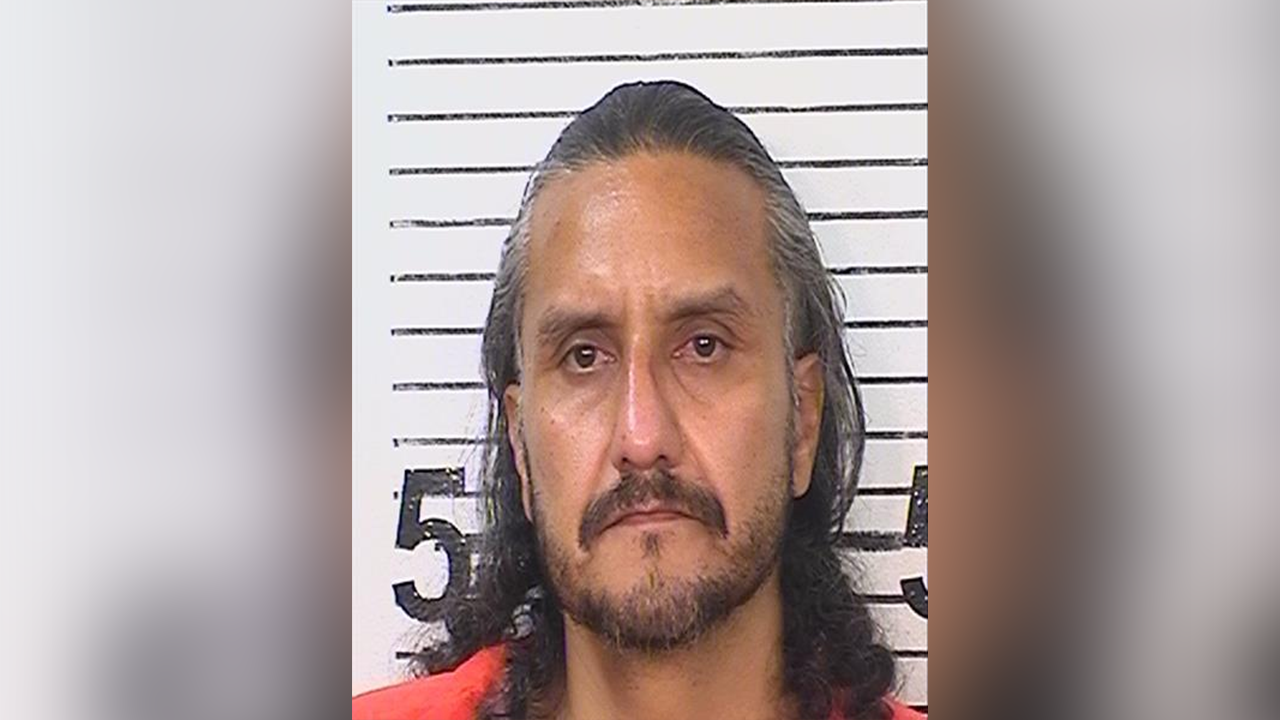Tragic Incident at Calipatria State Prison: Death Row Inmate Beaten to Death
In a shocking turn of events, a death row inmate named Alberto Martinez was brutally beaten to death by three fellow inmates at Calipatria State Prison in Southern California. The incident, which occurred on a Thursday afternoon, has been officially classified as a homicide by the California Department of Corrections and Rehabilitation (CDCR). This tragic event raises serious questions about inmate safety and the conditions within the prison system.
The Attack
According to reports, the violent altercation began when Tyler A. Lua, one of the inmates involved, was seen by prison staff striking Martinez, knocking him to the ground. Despite the initial attack, Lua did not stop there; he continued to hit Martinez while he lay defenseless on the ground. Following Lua’s assault, two other inmates, Jorge D. Negrete-Larios and Luis J. Beltran, joined in, delivering further blows to Martinez as he remained motionless.
Prison staff intervened using pepper spray and baton strikes to halt the assault. Upon investigation, two makeshift weapons, crafted by inmates, were discovered at the scene, indicating a premeditated nature to the violence. Fortunately, no staff members or other inmates were injured during this chaotic episode.
Emergency Response
Emergency responders were summoned immediately, and medical personnel attempted life-saving measures on Martinez. Despite their efforts, he was pronounced dead at 2:20 p.m. after being transported to the prison’s treatment area. Following the incident, movement in the yard where the attack took place has been restricted as authorities conduct their investigation.
The Inmates Involved
The three inmates accused of Martinez’s murder have been placed in restricted housing pending the outcome of the investigation. Each of them has a troubling history that sheds light on their violent tendencies:
-
Alberto Martinez, 46, was on death row for first-degree murder, having been sentenced to death in connection with a botched kidnapping and murder plot. He was also sentenced to life with the possibility of parole for attempted first-degree murder, with enhancements for gang activity. Martinez was known to have connections to the Mexican mafia and was reportedly involved in orchestrating murders even while incarcerated.
-
Tyler A. Lua, 25, was serving a 19-year sentence for attempted second-degree murder, which included enhancements for using a firearm. Lua had also faced additional time for possessing a controlled substance while in prison.
-
Jorge D. Negrete-Larios, 33, was sentenced to over 32 years for attempted second-degree murder, with enhancements for inflicting great bodily injury and gang activity. His history indicates a pattern of violent behavior.
- Luis J. Beltran, 31, was sentenced to life without parole for first-degree murder, which included enhancements for the intentional discharge of a firearm causing great bodily injury or death.
Martinez’s Criminal Background
Martinez’s criminal history is particularly notorious. He was convicted of acting as the getaway driver in a failed kidnapping and murder scheme that targeted a businessman. This plot was allegedly orchestrated by the victim’s sister. Martinez’s influence extended beyond his immediate surroundings; he was known to have communicated with individuals outside of prison, including a woman in Mexico, using a cellphone that he was prohibited from possessing.
The Broader Context
This incident occurs against the backdrop of California’s complex relationship with the death penalty. Currently, there are 623 inmates on death row in California. In 2019, Governor Gavin Newsom signed an executive order imposing a moratorium on the death penalty, halting executions and calling for the closure of the state’s execution chamber at San Quentin State Prison. The last execution in California took place in 2006, reflecting a significant shift in public and political attitudes toward capital punishment.
The violent death of Alberto Martinez not only highlights the dangers present within the prison system but also raises critical questions about the management of inmates, particularly those with violent histories. As the investigation unfolds, it will be essential to examine the systemic issues that contribute to such tragic events in correctional facilities.
